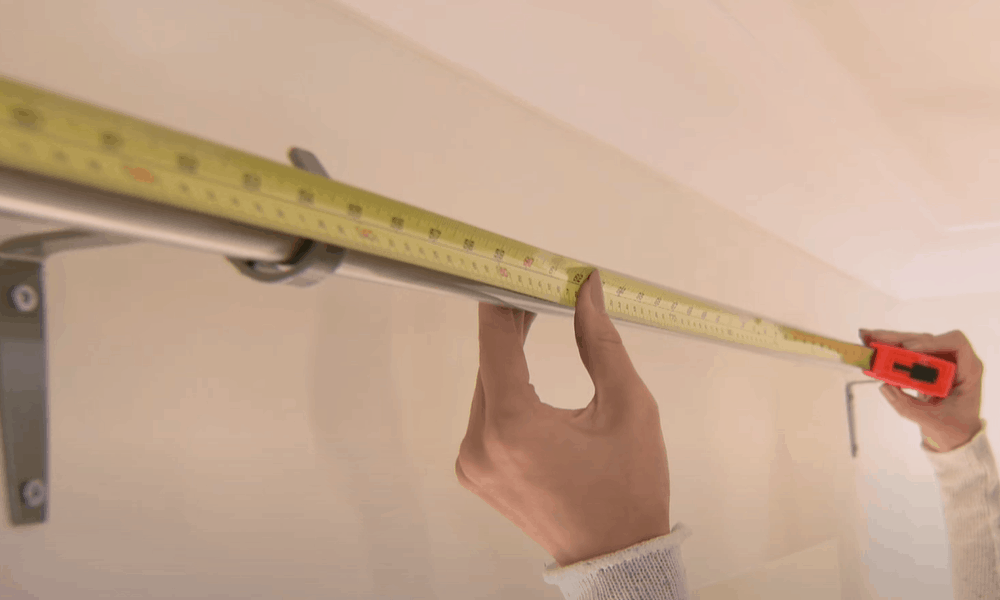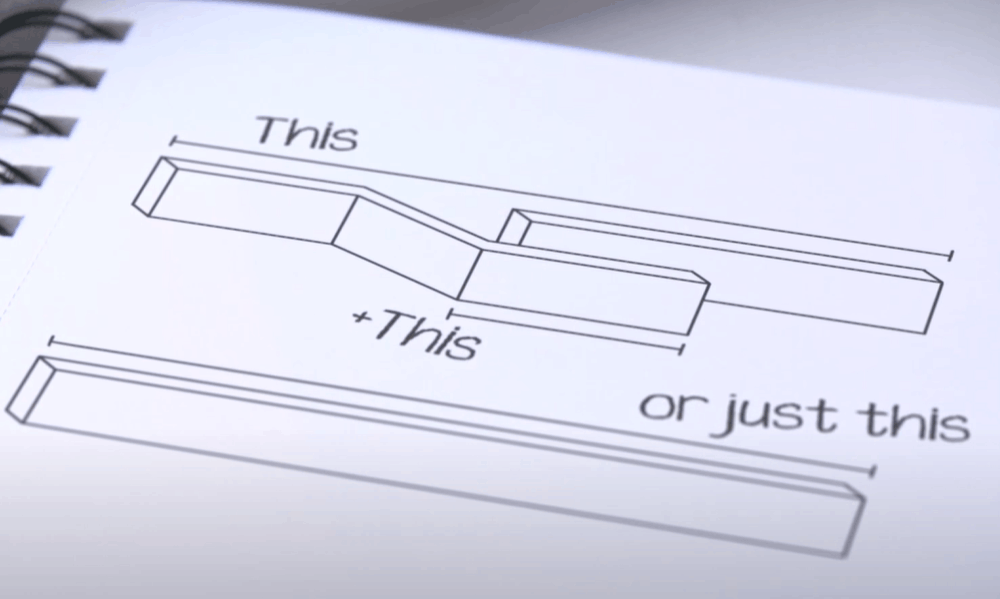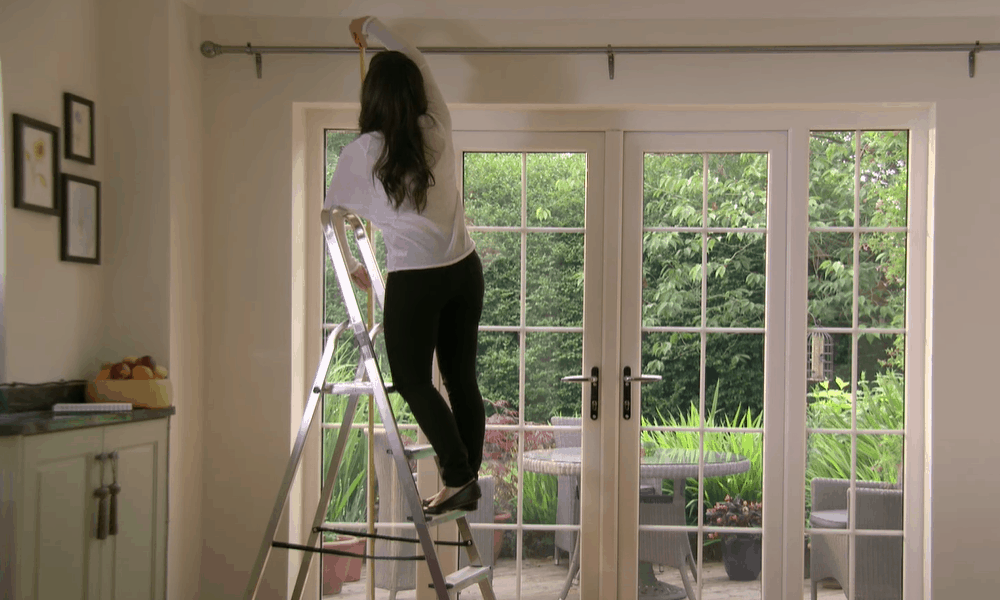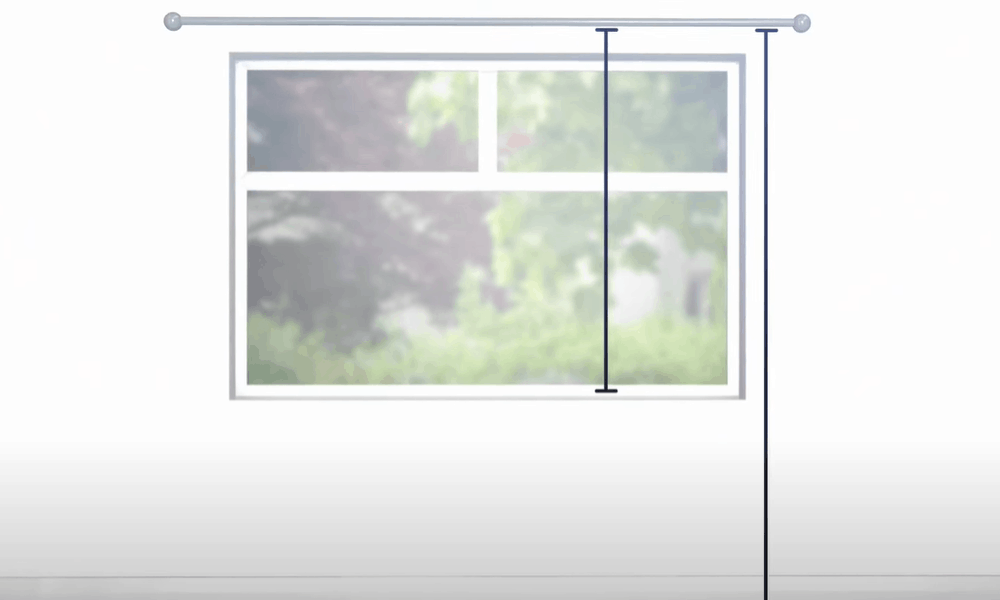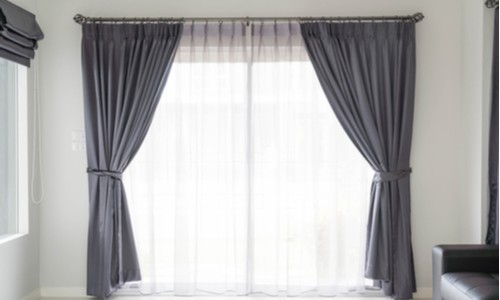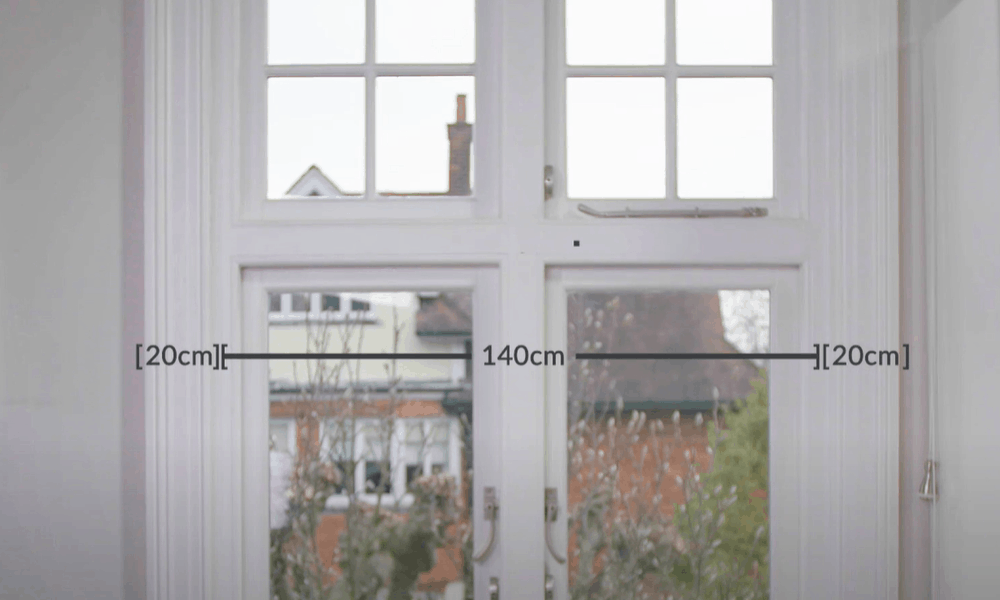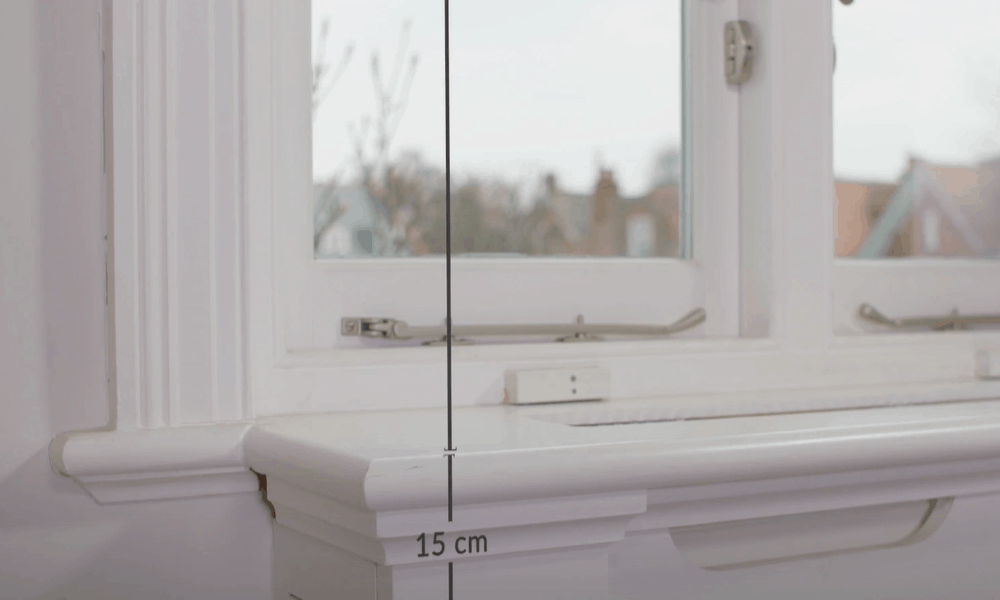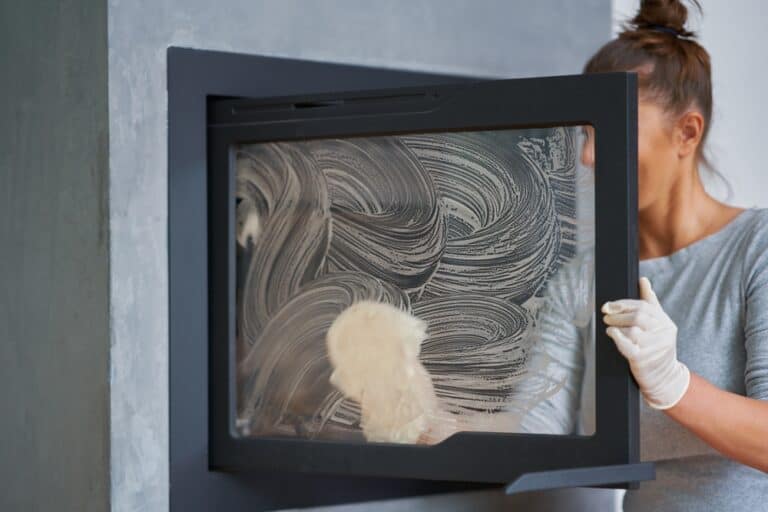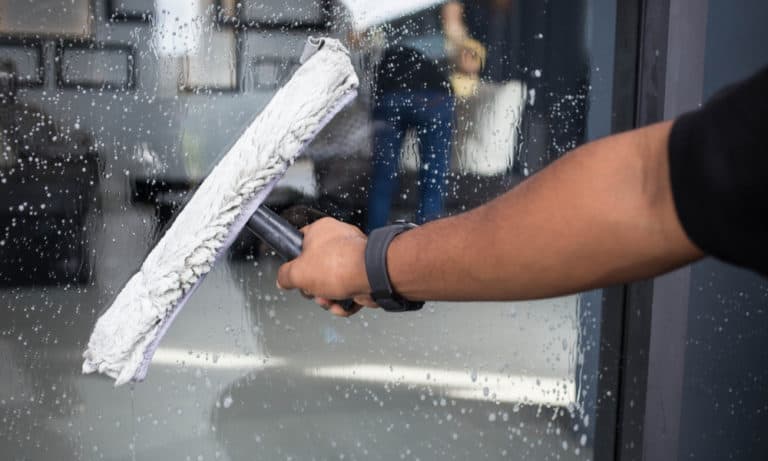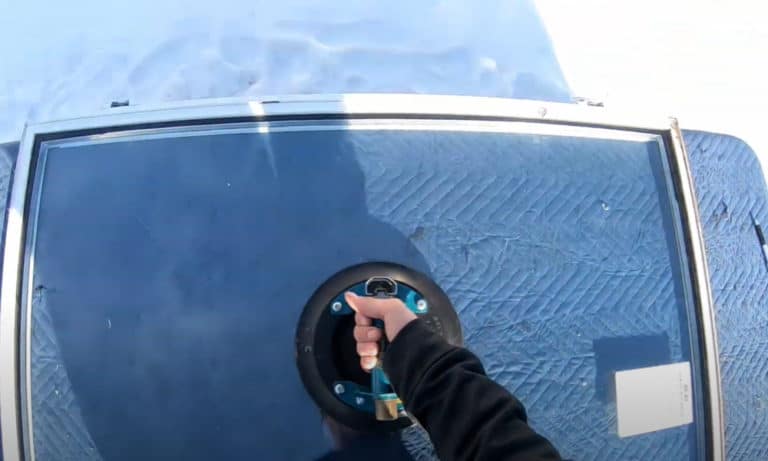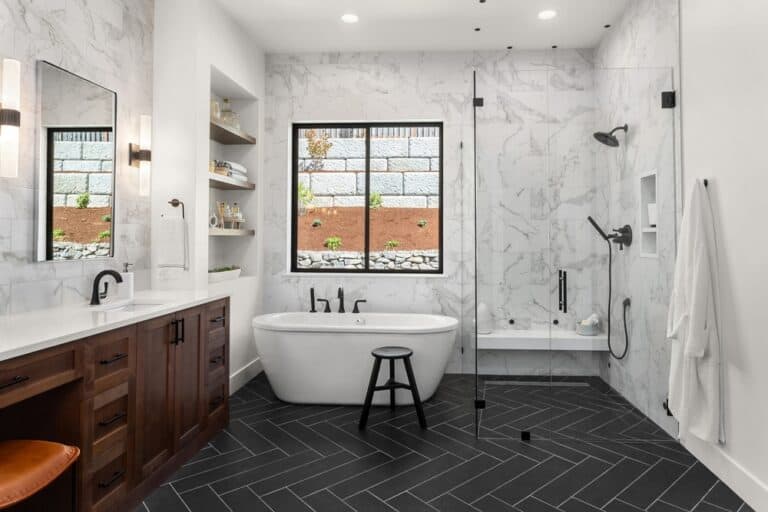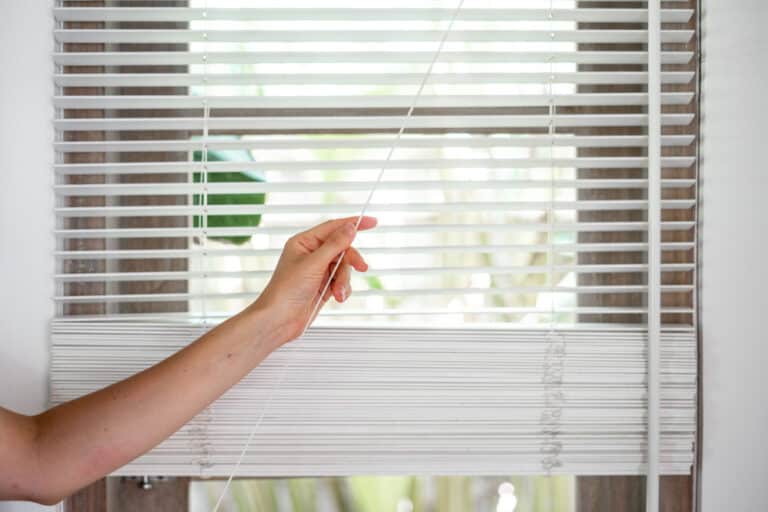Properly measuring your windows is vital if your curtains are going to look good. But how do you make sure you get it right?
We’re here to help you through the process step by step! Read on for our guide to how to measure a window for curtains. And when you’ve finished, you’ll be able to shop for your new curtains with confidence!
So let’s get started…
Tools for Curtains Size Measurements
- Metal measuring tape
- Pen and pencil (or smartphone with notes app)
- If possible, a friend to help
How to measure a window for curtains
Step 1: Decide what kind of curtains you want
The style of curtains you buy will affect both your measurements and the kind of pole or track you need. That’s why it’s a good idea to choose this first.
Eyelet curtains have a row of eyelets at the top and need to be hung from a curtain pole. The pole is threaded through the eyelets, so needs to be thin enough to fit comfortably.
Pleated curtains, on the other hand, are hung by rings on a pole, or from hooks on a track.
There are two main kinds of pleated curtains: pinch pleats and pencil pleats. Pinch pleats are wider, and the folds of the fabric at the top of the curtain are shaped like goblets. (They’re also sometimes known as goblet pleats for this reason.)
Finally, there are wave curtains. These require a special kind of track, supplied alongside the curtains. Measuring for these is a little different, and the process is covered at steps 6 to 8.
You’ll also need to decide whether to buy your curtains, or make them yourself. If you buy them, check the measuring guidelines provided by the retailer.
Pro tip: Consider the overall look of your room when choosing curtains. Eyelet and wave curtains give a modern look, while pleats are more classic.
Step 2: Measure the width of your curtain pole or track
The key measurement when it comes to the width of your curtains is the curtain pole or track.
If you have a curtain pole, the measurement you want is the section between the finials. If there are end caps instead of finials, measure between those.
If your curtains will hang from a track, measure the full width of the track. Some tracks will overlap. If yours do, include the width of the overlap in your measurement.
If possible, get a friend to hold the other end of your measuring tape. This will make sure that it stays parallel with the track or pole, keeping the measurement accurate.
Make a note of the width.
Pro tip: Check your measurements a second time to make sure there aren’t any mistakes.
Step 3: Add in extra width
If you’re buying ready-made curtains, the width you measured in step 3 may be the width you need to buy. But this isn’t always the case.
Ready-made pleated curtains are made with extra fabric so that the pleats add fullness when the curtains are closed. If you buy a pair of 48-inch wide curtains, they’ll cover a window 48 inches wide.
But you’ll also want to take into account the overlap when the curtains are closed. For a comfortable fit without gapping, we recommend adding an extra 12 inches to the measurement.
And if you’re buying a flat curtain panel – a voile, for example – you won’t want it hang completely flat. Add fullness by at least doubling the measurement you took in step 2 to get your desired panel width. For a more deluxe look, you can even triple the measurement.
If you’re making your curtains yourself, you’ll also need extra fabric. How much extra will depend on whether you’re making eyelet, pinch pleat or pencil pleat curtains. And if your curtains will be patterned, you’ll also need to consider the pattern repeat.
Step 4: Decide on your curtain length
Now think about how long you want your curtains to be. Floor-length curtains can look sumptuous and dramatic. But if you have radiators or furniture below your windows, they may not be practical.
Curtains that fall to the sill will be easier to take down and clean. And if you’re going to be choosing a heavy curtain fabric, they’ll put less strain on the track or pole.
You can also choose whether you’d like your curtains to finish at, or just above, the sill. Curtains that finish above it will avoid wear on the bottom as they’re pulled into place. Those that finish just below it will be better at insulating your room.
Step 5: Measure the required curtain drop
If you’re installing a new curtain track or pole, make sure it’s in place before carrying out this step. That will make sure you get an accurate measurement.
If you want your curtains to be floor-length, they should finish about 0.6 inches above the floor. Your eye won’t notice the difference, but it will prevent them dragging and getting damaged on the bottom hem.
For the same reason, curtains intended to finish at the window sill should sit about 0.6 inches above it.
If your curtains are going to finish just below the sill, they should sit 6 or 7 inches below it. Alternatively, if there’s a radiator beneath the window, they should sit about an inch above that.
If you’re using a curtain track, measure from the top of the track. You want the length from there to where the bottom of the curtains will finish.
If you’re using a curtain pole and have chosen pleated curtains, decide whether you want the rings to show.
If you want them to show, begin measuring from the bottom of the ring. If you’d prefer them covered, measure from the top of the rings instead.
If you’re going to be using eyelet curtains, measure the length from the top of the pole.
Now that you’ve got the width and drop of your curtains, you’re ready to go shopping!
Pro tip: If you’re going to be making eyelet curtains yourself, add an extra 1.25 inches to the length. This will leave a small amount of fabric to sit above the eyelet. If you’re buying them bespoke, most manufacturers will add this in automatically – but check their measuring guidelines to be sure.
For Wave Curtains Size Measurements
Step 6: Choose whether you want your curtains to fit inside or outside the window recess
To get the correct measurements for wave curtains, first decide where you want them to hang. It’s usually recommended that they sit outside the window recess. That will block out the light most effectively, and you’ll get maximum insulation from your curtains.
But if that’s not practical, wave curtains will look just as good inside the recess.
Step 7: Measure the width for your curtains
The first step is to measure the window recess.
If your curtains are going to hang outside it, you only need one measurement for the width. Just make sure your metal measuring tape is straight as you measure. Now decide how much of an overlap you want on the sides. Add on the extra to account for this.
If you want your curtains to hang inside the recess, measure the width at the top, middle and bottom. Note down the narrowest of the measurements. The manufacturer will choose how much to deduct from this so that the curtains fit comfortably.
Pro tip: For bay windows, wave curtains should close straight across the bay. Follow the same process as for hanging curtains outside the window recess, treating the whole bay as the recess.
Step 8: Measure the drop
Now measure from the top to the bottom of the recess. If your curtains will hang inside it, again measure in three places and choose the smallest measurement. As with the width, the manufacturer will make a small deduction from this so that the curtains fit properly.
If your curtains will hang outside the recess, add six inches this to your measurement. This accounts for the overlap at the top of the recess. Now decide how much you want the curtains to overlap at the bottom. Add on that amount too. This will give you the final measurement for the curtain drop.
Extra tips
If your window doesn’t already have a curtain pole or track, you’ll need to buy one the correct size.
Take your measuring tape and measure the width of your window. If you can, ask a friend to help to make sure the tape stays straight. Note down the measurement.
Now add between 12 and 14 inches to the width. If you’re buying a curtain track, this is the width you need it to be. If you’re choosing a curtain pole, it’s the width of the pole between any finials or end caps.
The extra width will allow your curtain track or pole to overhang the window by 6 to 7 inches on each side. That will mean there’s room to open your curtains fully and let in as much light as possible.
When you install your curtain pole, position it about 6 inches above the window.
Time for new curtains!
We hope you’ve enjoyed our guide to how to measure a window for curtains. Check your measurements carefully, and you’ll avoid spending a lot of money on curtains that don’t fit! And don’t forget to add in extra width for overlaps.
If you’ve found this helpful, please comment and let us know. We’d love to hear how your project went!

